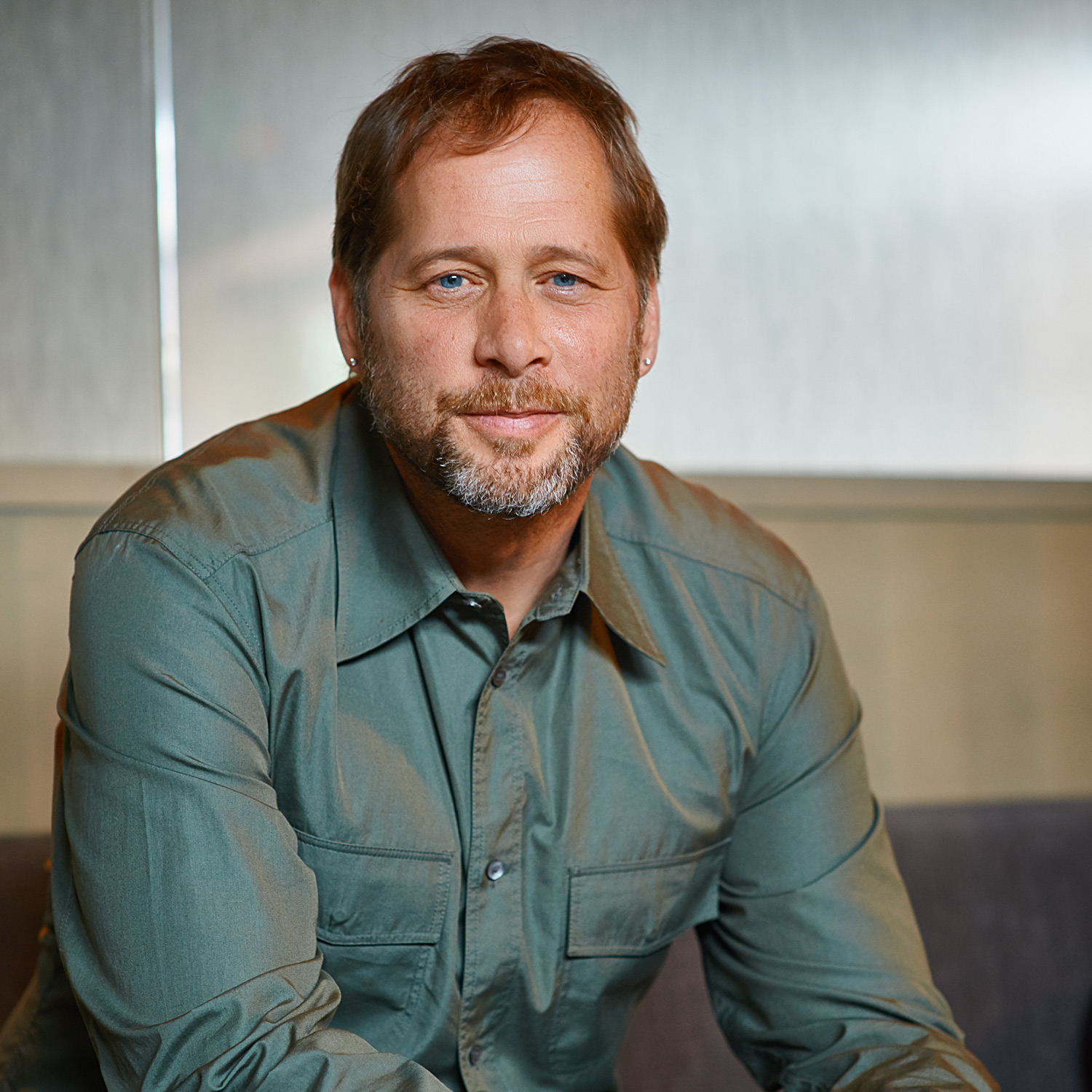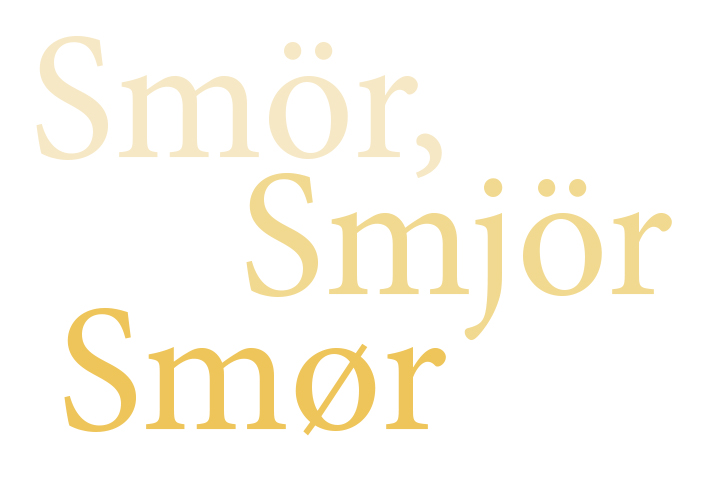Butter: Manresa’s butter is in a different league because of their sourcing. They purchase their milk and cream from a small farm in Watsonville that has special Vache Normande cows: a French breed associated with the Normandy dairy region. “We’ve used cream from the Vache Normande source for almost 7 years now,” says chef Kinch. Unfortunately they had apporximately a twelve month period where there was no milk or cream at all. “I am anticipating having cream once a week until the end of the year,” he explains. “We take it in stride. I’m grateful for the product and I understand the vagaries of artisanal productions.”
Chef Kinch describes the butter’s origins and notes that three to four years before he found this source, they were making butter from Holstein and Jersey cream and it made a very nice product but the Vache Normande was on such a different level it was truly great to find it.
When they have a steady supply of cream, they make their butter once a week.
Manresa adds either Jacobsen Fleur du Sel or, better yet, their own homemade salt made from water they gather in Monterey Bay. See Kinch’s book "Manresa: An Edible Reflection", for a salt sourcing how-to called Our Salt.
Chef Kinch now feels that there is no point in making their own butter unless they have the tremendous Vache Normande source. “When we don’t have the Normande cream we buy our butter from Sierra Nevada Cheese Company,” he says. There are a lot of European style butters out there, but chef Kinch likes the fact that Sierra Nevada Butter is California produced.
When asked about his butter making goals, chef Kinch says, “We add a fair amount of salt to our butter. We are trying to make a Breton (Brittany, France) style sweet butter, one that is not cultured. I like the richness and natural sweetness and the saltiness of a Breton style butter, as apposed to a Normandy style butter, that is just my personal preference.”
Chef Kinch lists recipes for Manresa's Our Butter and Nasturtium Butter in his book "Manresa: An Edible Reflection”.
Commentary: I asked chef Kinch what type of butter he eats when he is at home. He explained, “A friend of mine, as a gift, gave me a good supply of Trappist butter made in Hokkaido Japan. Which is really superb.” Trappist butter comes in vacuum-sealed cans. Hokkaido is known for it’s dairy region of Japan. Hokkaido is wild and isolated with lots of national parks and surrounded by the sea. “The quality is very, very high. It is something that I have in my fridge at home, other than that I usually take some homemade butter home from the restaurant,” admits chef Kinch.





























































